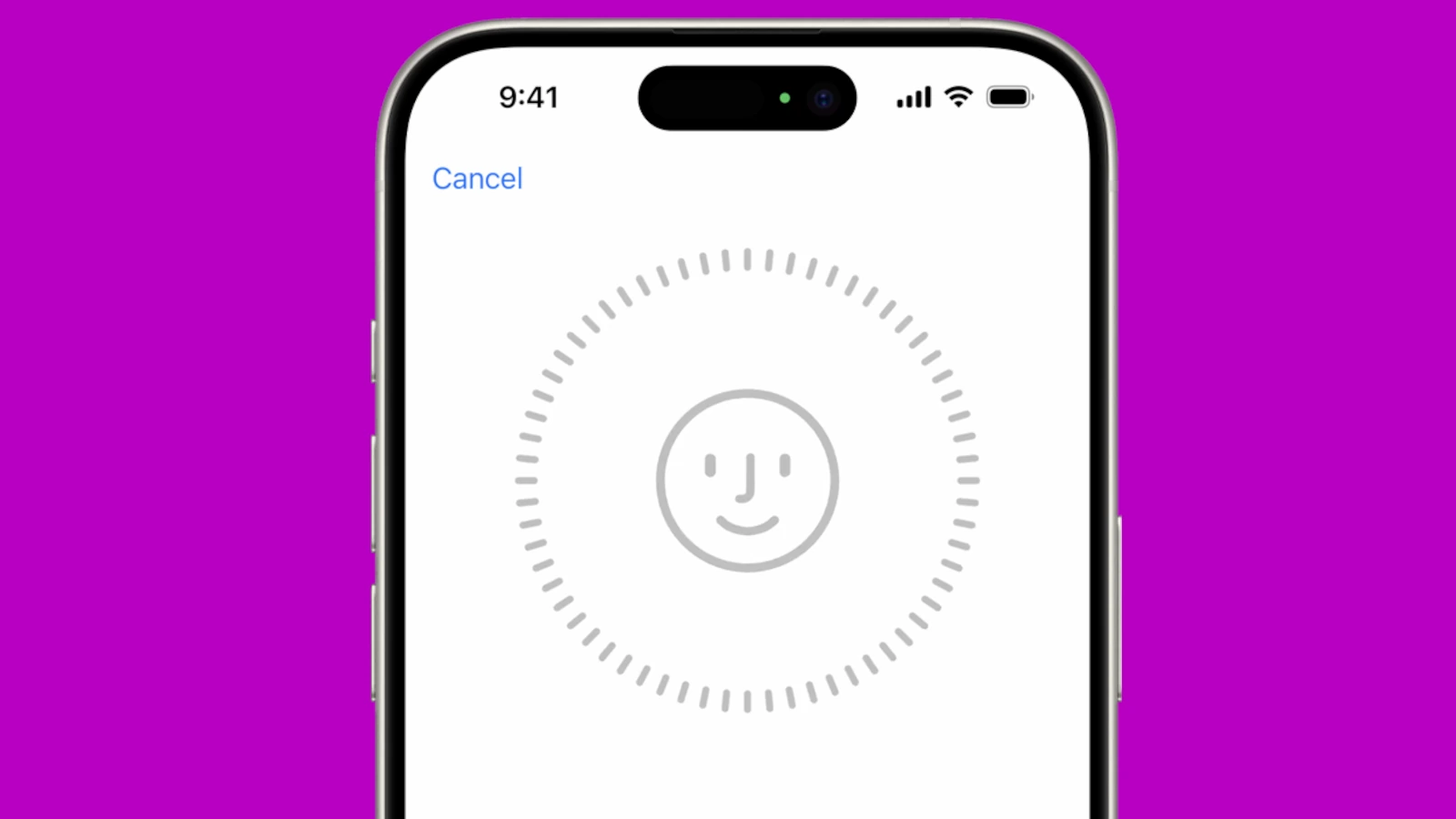With the introduction of Face ID, Apple pioneered a new era in smartphone security. The iPhone X, unveiled in 2017, marked the first instance of this technology, designed to authenticate and unlock the phone through facial recognition. This move signaled a significant shift from the previous Touch ID, emphasizing the company’s dedication to enhancing security while providing a seamless user experience.
Face ID employs a sophisticated sensor array to accurately map the contours and features of the user’s face. This system ensures a secure unlock process, protects sensitive data, and facilitates convenient transactions through Apple Pay. As part of Apple’s commitment to privacy, the data utilized for Face ID is processed on the device itself, ensuring that personal information is not transmitted to any external servers.
Over the years, Face ID has evolved in capability, integrating more advanced technology to recognize faces even with masks or at various angles, thereby refining the balance between strong security measures and user convenience.
The Rise of Face ID: A New Era of iPhone Security
iPhone X: The Pioneer
In 2017, Apple introduced the iPhone X, a groundbreaking device that marked a significant shift in iPhone design and security. This marked the first time Apple replaced the iconic home button and Touch ID fingerprint sensor with a new facial recognition system called Face ID.
How Face ID Works
Face ID utilizes a TrueDepth camera system, consisting of an infrared camera, flood illuminator, and dot projector, to create a detailed 3D map of your face. This map is then used to securely unlock your phone, authenticate payments, and access sensitive apps.
Enhanced Security and Convenience
Face ID offers a more secure and convenient way to unlock your iPhone compared to traditional passcodes or fingerprint sensors. It’s designed to adapt to changes in your appearance, such as wearing glasses or growing a beard.
Table: iPhone Models with Face ID
| iPhone Model | Release Year |
|---|---|
| iPhone X | 2017 |
| iPhone XR | 2018 |
| iPhone XS | 2018 |
| iPhone 11 | 2019 |
| iPhone 11 Pro | 2019 |
| iPhone 11 Pro Max | 2019 |
| iPhone 12 mini | 2020 |
| iPhone 12 | 2020 |
| iPhone 12 Pro | 2020 |
| iPhone 12 Pro Max | 2020 |
| iPhone 13 mini | 2021 |
| iPhone 13 | 2021 |
| iPhone 13 Pro | 2021 |
| iPhone 13 Pro Max | 2021 |
| iPhone 14 | 2022 |
| iPhone 14 Plus | 2022 |
| iPhone 14 Pro | 2022 |
| iPhone 14 Pro Max | 2022 |
| iPhone 15 | 2023 |
| iPhone 15 Plus | 2023 |
| iPhone 15 Pro | 2023 |
| iPhone 15 Pro Max | 2023 |
Key Takeaways
- Face ID debuted on the iPhone X, transforming smartphone security.
- The technology offers enhanced security without compromising user convenience.
- Apple emphasizes user privacy by processing Face ID data on the device itself.
Evolution of Face ID and iPhone Models
Apple’s Face ID technology has transformed the way users unlock their iPhones, make secure payments, and log into apps. Starting with the iPhone X, Face ID has become a defining feature of modern iPhones.
The Inception with iPhone X
The iPhone X marked a significant milestone in iPhone history. It was the first model to replace the Touch ID with Face ID. This leap forward was powered by the A11 Bionic chip with a built-in Neural Engine. Face ID’s secure facial recognition allowed users a quick and easy way to access their phone without compromising on security.
Advancements through iPhone 11 and iPhone 12 Series
With the introduction of the iPhone 11 and iPhone 12 series, Face ID saw improvements in speed and recognition. The A12 Bionic chip in iPhone 11, along with an enhanced Neural Engine, provided faster and more efficient performance. The iPhone 12 series, which included iPhone 12 Pro and iPhone 12 Mini, continued the trend with the A13 Bionic, making Face ID even more seamless.
iPhone 12 Improvements
- iPhone 12 Mini: Compact form with full Face ID capabilities.
- iPhone 12 Pro: Advanced photography and Face ID in a premium design.
Latest Implementations in iPhone 13 and Beyond
The iPhone 13 lineup, including iPhone 13 Mini, iPhone 13 Pro, and iPhone 13 Pro Max, brought smaller notches and a more sophisticated Face ID system. The integration of the A14 and subsequently the A15 Bionic chips further refined the facial scanning process. We expect the upcoming iPhone 14 series and iPhone 15 iterations to continue enhancing Face ID, making it faster and more secure with each new model launched. The anticipated models, like iPhone 15 Pro and iPhone 15 Pro Max, may feature even more advanced Neural Engines to support Face ID.
Technical Aspects and User Experience
The iPhone X introduced Face ID, marking a significant advancement in Apple’s biometric technology. This feature set a new standard for security and ease of use in smartphone authentication.
Setting Up Face ID and Compatibility
Users can start setting up Face ID on their compatible devices by enrolling their facial features. The TrueDepth camera system maps the contours and shape of the user’s face with a series of sensors that include a dot projector, infrared camera, and flood illuminator. This process is supplemented by machine learning algorithms to create a detailed facial scan. Face ID is supported on iPhone X and newer models, including the iPad Pro series.
Security Features and Enhancements
Face ID’s primary function is to secure the user’s sensitive data with sophisticated technology. It uses neural networks for facial recognition, with the probability of another person unlocking the device being one in one million. The Secure Enclave protects the facial data, and machine learning helps the system adapt to changes in appearance. iOS 14.5 introduced an “attention-aware” feature that increases safety by ensuring the user is actively looking at the device to unlock it. iOS 15.4 later allowed the use of Face ID even when wearing a mask, an update spurred by the Covid-19 pandemic.
Usability with Accessories and Conditions
Apple designed Face ID to work in various environments and with several accessories. It can recognize users with glasses, contact lenses, hats, and scarves. The system functions both indoors and outdoors and even in total darkness. The updates in iOS 15.4, which made it compatible with face masks, demonstrated Apple’s commitment to maintaining usability during changing global conditions.
Face ID with Other Apple Services and Devices
Face ID integrates smoothly into the Apple ecosystem. Once set up, users can unlock their devices, confirm Apple Pay transactions, and sign into iCloud, App Store, and iTunes Store effortlessly. It also ties in with Apple Watch, allowing users to unlock their iPhone when their watch is close by. For developers, Face ID provides a secure authentication method for third-party apps without compromising on privacy.







